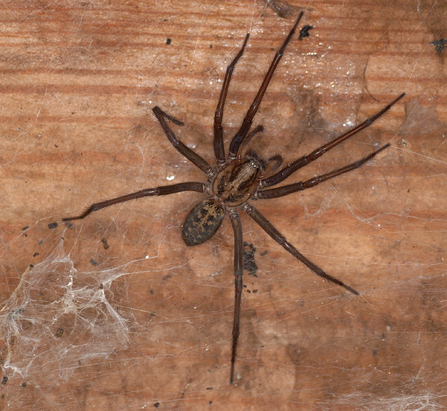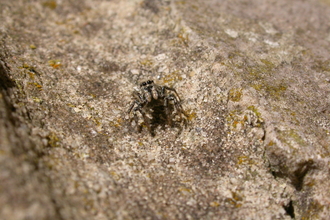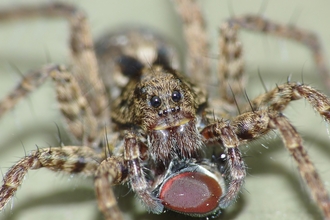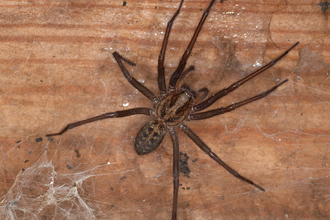Well it’s not strictly true. Spiders have been in the house all year and are now becoming more apparent is more like it, but why? Well sit down (tuffet optional) and I’ll tell you.
All during the year the large house spider has been occupying a web behind the TV or bookcase etc. doing what a spider does best, catching and disposing of insect pests. It constructs a sheet web with a tubular retreat at the back where it waits for prey to arrive. It’s a bit like us in lockdown waiting for a supermarket delivery. The bell rings, the spider rushes to the door, wrestles the food from the delivery driver and retreats for a meal. That’s all the exercise the spider gets. But, September has arrived, the male has gone through his final moult and is now fully adult.
Boris (no insult intended to anyone for I’ve always called them that) now has only one thing on his mind - finding a mate. He must leave the safety of his web and enter unfamiliar terrain (your living room carpet) and scary open space. Being pretty sedentary most of the year he is ill prepared to go traversing this vast region and his breathing apparatus is not conducive to extended vigorous exercise. However he is equipped with long legs which give him the appearance of being much larger than he really is so when he does move he can scurry about very quickly for short periods.
There are many perils he must face. The family pet may kill and eat him, the householder may vacuum him up or even stamp on him and there is one particular spider foe, the daddy longlegs spider, that will truss him up and make a meal of him.
The female meanwhile has not yet moulted to full maturity and doesn’t leave her web and food supply. She’ll need to be well fed to produce her eggs after mating.
Eventually our hero tracks her down via pheromones and will occupy her web with her until she also matures when he will mate with her. He will stay with her to ward off other males for a while but will not last out the year.
She will overwinter in her web and will produce her egg sacs in Spring when food becomes plentiful once more. The spiderlings will hatch out in late spring and will disperse to continue the useful role of reducing pests.





